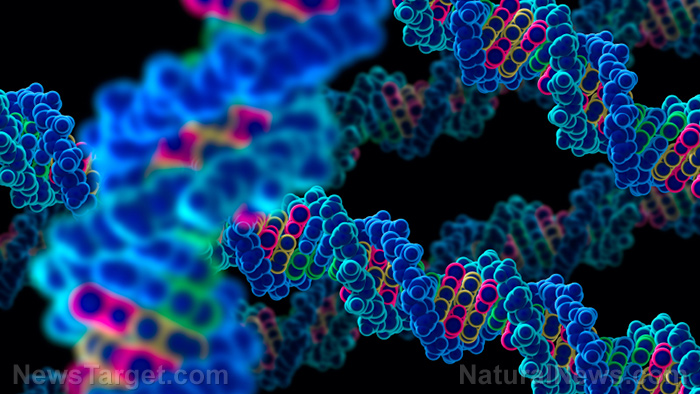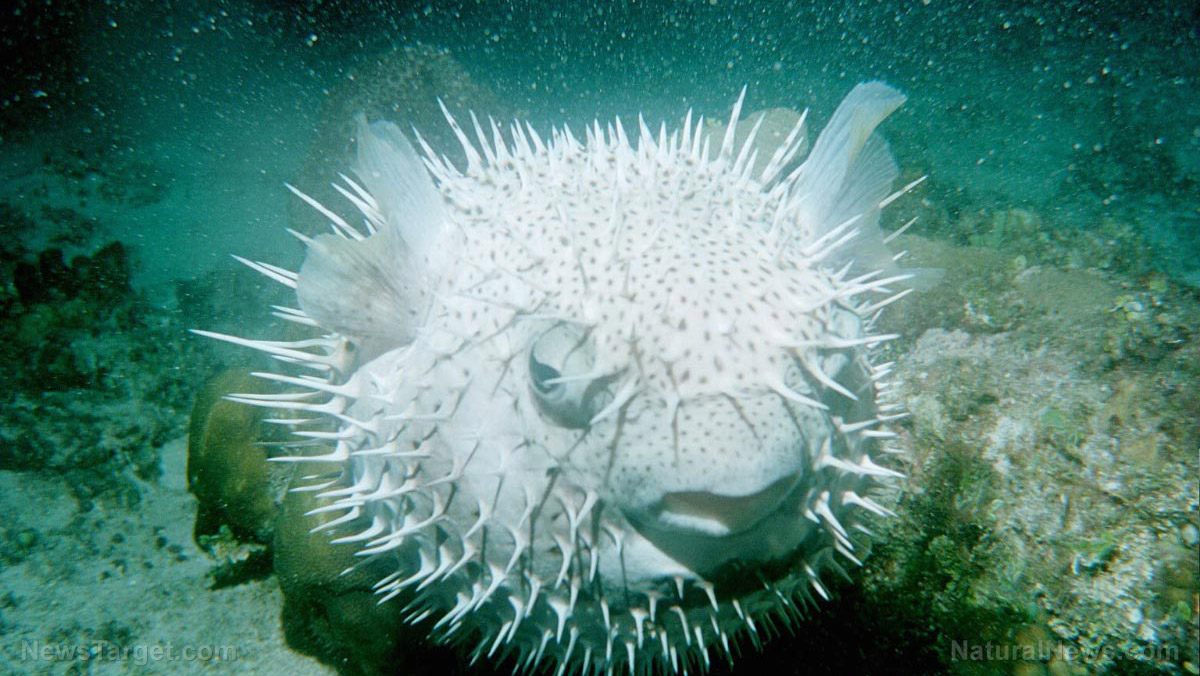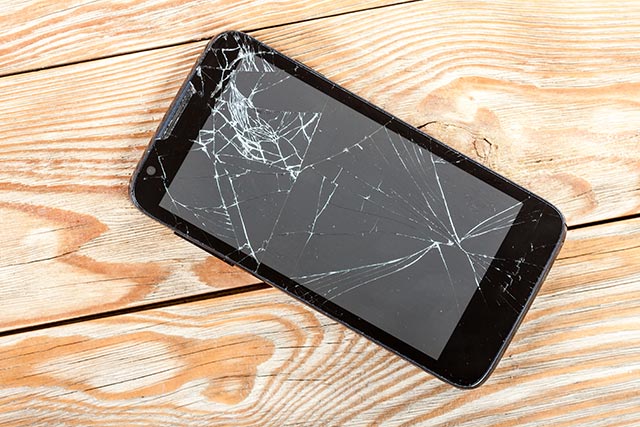Researchers examine how pink sea urchins sharpen their teeth to develop self-sharpening tools
09/23/2020 / By Michael Alexander

Aside from their fearsome array of spines, sea urchins have another evolutionary edge over other sea creatures: self-sharpening teeth.
According to researchers from Northwestern University, the spiny invertebrates, unlike other animals whose teeth are built to resist constant wear and tear, have teeth engineered to chip and weather in such a way that they maintain their sharp edges.
The secret behind this lies in their teeth’s base materials.
“The material on the outer layer of the tooth exhibits a complex behavior of plasticity and damage that regulates ‘controlled’ chipping of the tooth to maintain its sharpness,” explained Horacio Espinosa, director for Northwestern’s theoretical and applied mechanics program and a co-author of the study.
For the study, which appeared in Matter, the team examined the teeth of pink sea urchins (Strongylocentrotus fragilis), which are abundant in the western coastlines of North America. They employed a combination of sophisticated mechanical testing and electron microscopy in order to capture 3D footage of sea urchin teeth and the wear that these experienced as they ground against a superhard material made of diamonds.
Their findings revealed that sea urchin teeth are actually composed of precisely-arranged ceramic composites. On the convex side of the tooth, calcite fibers provide structural integrity. This fibrous composite then transitions to another composite made of inclined calcite plates on the convex side of the tooth. These calcite plates, the researchers added, chip away at the tooth as it wears, allowing it to maintain optimal sharpness. (Related: Fascinating biology: Here’s why certain animals have DOZENS of bones in their skulls.)
“We found that the superior performance of the sea urchin dentition system emerges from tooth self-sharpening during the organism’s life span,” Espinosa said. They also found that continuous tooth growth compensates for any tooth loss that happens within the animal’s life span.
“We were awed by the fact that nature has found its way to tailor the design to optimize one animal in their habitat,” added co-author Hoang Nguyen.
In a statement, the team said their findings can help guide the design of similar self-sharpening cutting-edge tools.
Sea urchin teeth a template for new space exploration device
This is not the first time that the spiny sea creatures inspired the design of new technologies.
In 2016, a team of engineers and marine biologists at the University of California, San Diego designed a claw-like device inspired by the sea urchin’s intricate mouth and teeth. This device, which they described in the Journal of Visualized Experiments, could be used to sample sediments on other planets, such as Mars.
According to Michael Frank from the Jacobs School of Engineering at UC San Diego and a co-author of the study, the sea urchin’s extraordinary ability to rip through rock could translate to a good sediment sampler for space vehicles, such as the current crop of Mars rovers, which use automated shovels to collect samples.
“Our goal was a bioinspired device that’s more precise and efficient at grabbing ground samples from different areas, and won’t disturb the surrounding area like a shovel would,” Frank said.
Sea urchins owe their stone-ripping capabilities to the presence of a structure in their teeth called keels. This T-shaped structure, the researchers said, helped lessen the stress experienced by teeth up to 16 percent. Their findings led to the development of a claw-like device that, according to the research team, can be attached to a fleet of mini rovers which could then be deployed to collect samples during Martian explorations.
Frank, in a statement, said he hopes that this design will become of interest to both the National Aeronautics and Space Administration (NASA) and Elon Musk’s SpaceX program.
Sources include:
Tagged Under: biology, biomimicry, breakthrough, goodtech, innovations, inventions, materials science, research, sea urchins, space, space exploration
RECENT NEWS & ARTICLES
NewScienceReport.com is a fact-based public education website published by New Science Report Features, LLC.
All content copyright © 2018 by New Science Report Features, LLC.
Contact Us with Tips or Corrections
All trademarks, registered trademarks and servicemarks mentioned on this site are the property of their respective owners.




















